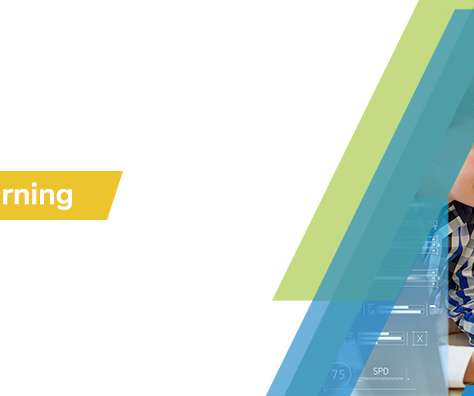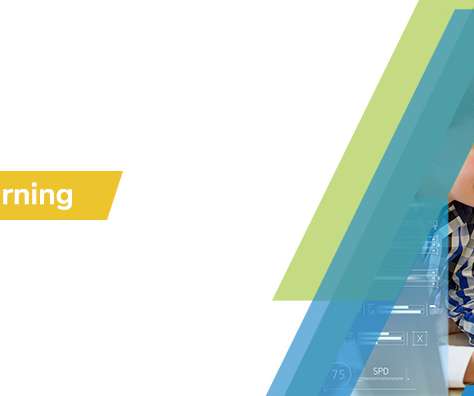Redefining the Taxonomy of eLearning
CommLab India
APRIL 13, 2017
Taking the differing requirements of e-learning and evolving training pedagogies into account, the classification was reconstructed by Loren Anderson, a former student of Bloom in 2001, to incorporate modern approaches of training that reflect current needs. How is the Revised Bloom’s Classification Different?






























Let's personalize your content